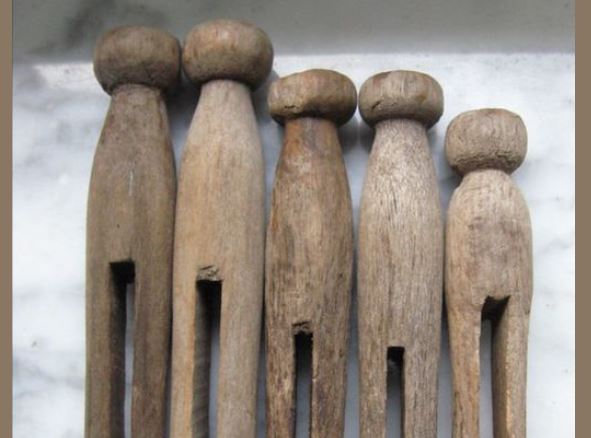A peculiar kitchen tool recently sparked a collaborative effort across the internet to uncover its identity. Although its purpose may seem obscure, the tool’s history is rich and fascinating, dating back to the mid-19th century.
The earliest known precursor to this tool was patented in 1856 by Ralph Collier, a tinner from Baltimore, Maryland. Collier’s design featured rotating parts, laying the groundwork for future innovations. The following year, E.P. Griffith patented a whisk in England, further contributing to the evolution of kitchen tools.
In 1859, J.F. and E.P. Monroe patented a hand-turned rotary egg beater in the United States. Their design became one of the earliest to be adopted by the Dover Stamping Company, which would go on to create the iconic Dover egg beaters. The term “Dover beater” gained widespread use, appearing in recipes and newspapers throughout the early 20th century.
As the years passed, various inventors and manufacturers continued to refine and improve upon the design. Turner Williams, Willis Johnson, and Rufus Eastman each made significant contributions, introducing new features and technologies that transformed the humble egg beater into a versatile and indispensable kitchen tool.
The early 20th century saw the rise of electric mixers, with brands like Hobart, KitchenAid, and Sunbeam leading the charge. Herbert Johnston, an engineer at Hobart, played a pivotal role in developing the first electric standing mixer in 1908. His design quickly gained popularity, becoming a staple in bakeries and homes across the United States.
Today, the kitchen tool that sparked the internet’s curiosity remains an essential item in many kitchens. Its rich history and evolution serve as a testament to human ingenuity and the power of collaboration.


